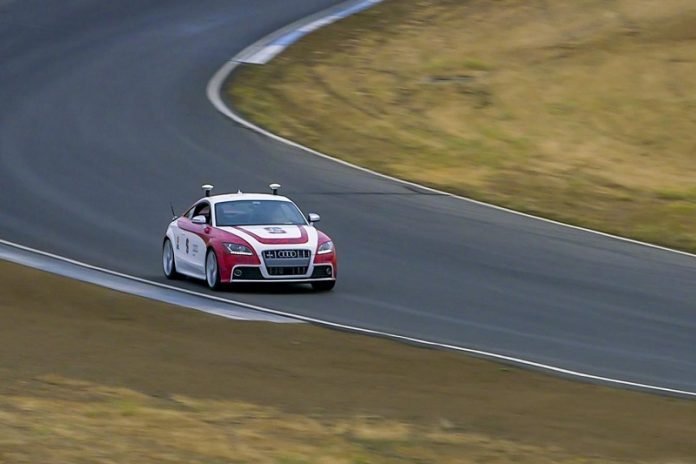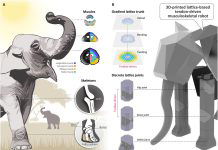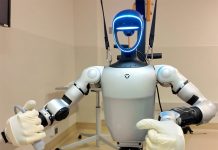
In a new study, researchers have created a new way of controlling autonomous cars.
The new way could integrate prior driving experiences to control the car. It will help the cars perform more safely in extreme and unknown circumstances.
The study was done by researchers at Stanford University.
Currently, autonomous cars rely on in-the-moment evaluations of their environment. The control systems need access to information about the available road-tire friction.
To safely push an autonomous car to its limits, such as having emergency maneuver on the ice, the designers need to provide it with friction details in advance.
But in the real world, friction is variable and often is difficult to predict.
To solve the problem, in the study, the team built an AI that integrates data from past driving experiences.
They used data at Thunderhill Raceway in Willows, California, and a winter test facility with foundational knowledge provided by 200,000 physics-based trajectories.
The team then tested the system on a racetrack using Niki, Stanford’s autonomous Volkswagen GTI, and Shelley, Stanford’s autonomous Audi TTS.
They found the system performed as well as an existing autonomous control system and as an experienced racecar driver.
Moreover, its ability to learn from the past could prove particularly powerful.
The researchers suggest that their new system does not perform well in conditions outside the ones it has experienced.
But the cars should be able to handle a wider range of conditions as it generates additional data to train its network.
The lead author of the paper is Nathan Spielberg, a graduate student in mechanical engineering at Stanford.
The study is published in Science Robotics.
Copyright © 2019 Knowridge Science Report. All rights reserved.



